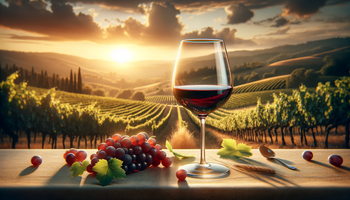Expert Answers to Your Top 20 Wine Questions
19th Mar 2024
Deciphering the vast world of wine can be perplexing, from selecting the right varietal to understanding the nuances of flavor and origin. We'll tackle all your top wine questions, guiding you through varietals, food pairings, storage, and more. Whether you’re laying the foundation of your wine journey or building on an established palette, our expert insights aim to enrich your wine experience.
Key Takeaways
- The diversity of wine, influenced by varietals and terroir, caters to all palates with various styles and flavors, from robust reds to crisp whites and sparkling wines.
- Pairing wine with food is an art, and choosing the right wine can significantly enhance the dining experience, considering the intensity of flavors in both food and wine.
- Understanding wine labels, mastering storage conditions, and the impact of wine ratings and reviews are essential for both casual drinkers and wine enthusiasts.
Exploring the Rich Tapestry of Wine Varietals
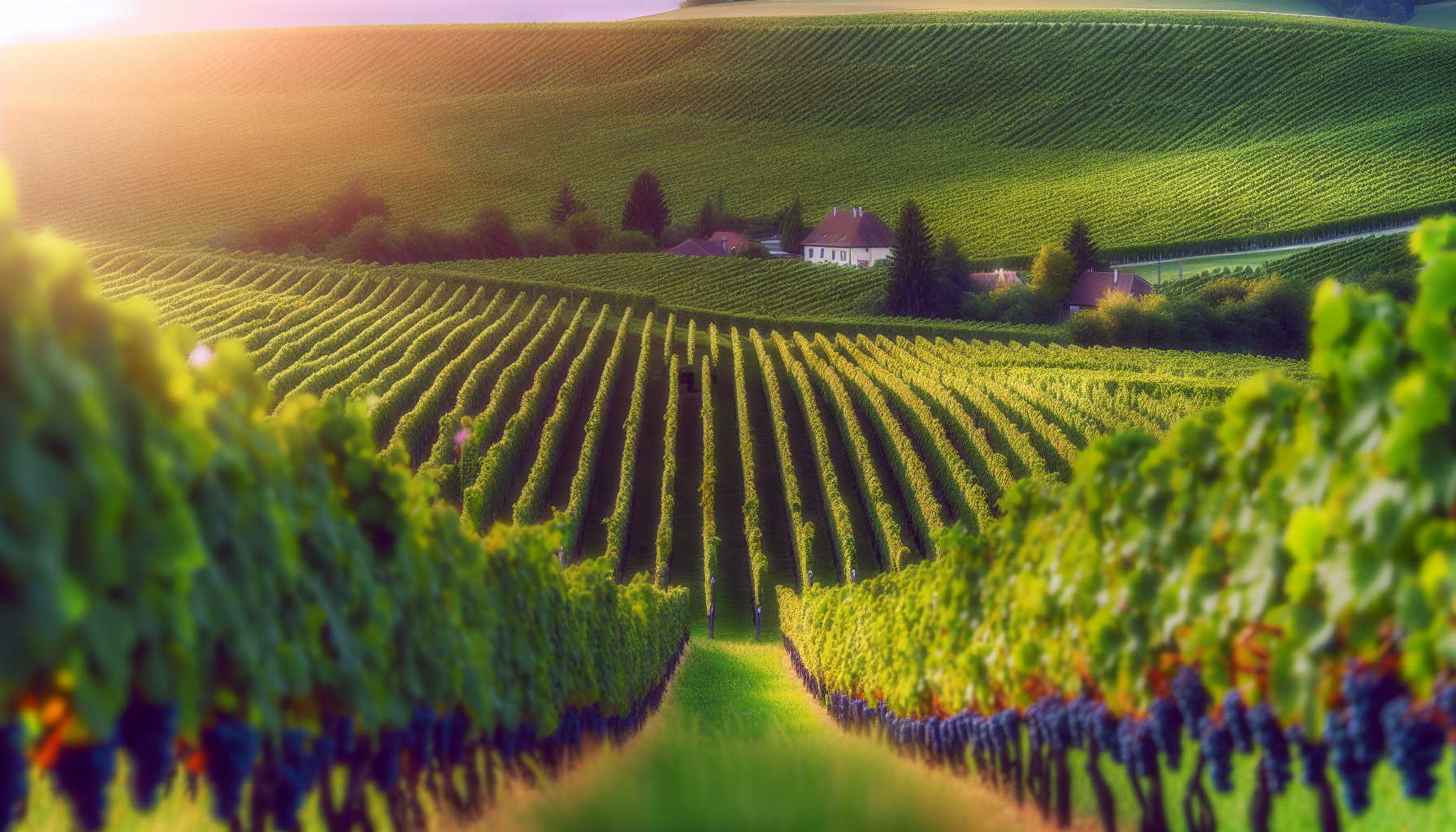
As lovers of wine, we revel in the vast diversity of wine varietals. Every grape, every vineyard, every wine glass tells a different story. The world of wine is as diverse as the places they originate from. They are a reflection of the land they are grown on and the culture they are a part of. From the robust Cabernet Sauvignon to the sweet Moscato, the wine industry offers a symphony of flavors that cater to every palate.
Red, white, and sparkling wines each contribute to the varied landscape of the wine world. The same grape variety can yield different wines when grown in the same vineyard under different conditions. The journey from grape juice to wine cellar significantly shapes the wine’s personality. Whether it’s the classic European wines or the innovative New World wines, each brings something different to the table.
Preferences vary, with some favoring rich, full-bodied red wines, while others delight in light, crisp white wines. Some might even have a taste for the effervescence of sparkling wines. The beauty of the wine culture lies in this diversity. The range of flavors and styles that the wine industry offers is truly fascinating, opening up a world of possibilities for wine lovers and wine connoisseurs alike.
Red Wine Revelations
Red wines hold a special place in the hearts of many wine lovers. Red wines captivate with their bold flavors, rich colors, and intricate depth and complexity. The unique characteristics of red wines come from the grape skins used during production. Grape skins bestow a beautiful hue and intricate flavor profile upon the wine.
Tannins, the phenolic compounds from grape skins, seeds, and stems, give red wine a dry feel. They are particularly noticeable in the aftertaste. Red wines made from cabernet sauvignon and pinot noir grapes notably illustrate the flavor influence of tannins. They showcase the rich hues derived from grape skins. The art of understanding and appreciating red wines lies in recognizing these nuances.
White Wine Wisdom
White wines delight the senses with their light and refreshing flavors. Their complexity offers a unique contrast to their red counterparts. Unlike red wines, the grape skins are not used in the fermentation process of white wines. This leads to a lighter hue and a distinct flavor profile.
White wines are known for their versatility. They can range from dry to sweet wines and can offer a wide array of flavors, influenced by regional characteristics. Popular white wine varietals like Chardonnay and Sauvignon Blanc are loved for their distinct acidic profiles and fruit-driven flavors. With each sip, you’re not just drinking wine, you’re experiencing a unique expression of the vineyard’s terroir.
Sparkling Wine Secrets
Sparkling wines add a touch of luxury to any occasion. The effervescence of these wines, whether it’s the result of a natural fermentation process or artificially introduced, sets them apart. But there’s more to these bubbling beauties than meets the eye.
Perhaps the most renowned sparkling wine, Champagne, undergoes a traditional bottle fermentation method. This process produces carbon dioxide, leading to the formation of its signature bubbles. Other varieties of sparkling wines, like Prosecco from Italy and Cava from Spain, offer diverse methods of achieving effervescence and unique regional characteristics.
The Art of Pairing Wine with Food
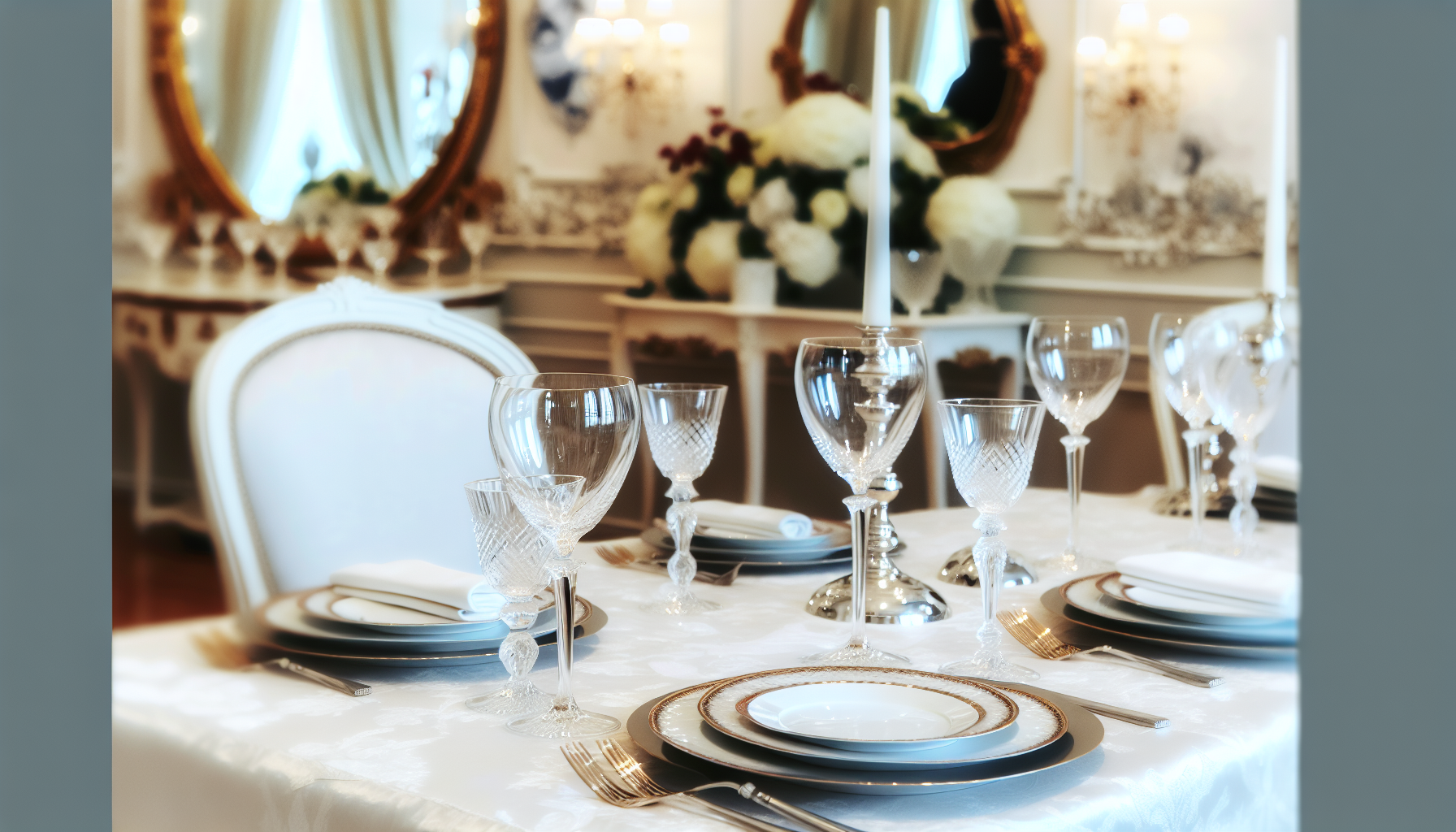
Pairing wine with food is an art that enhances the dining experience. The interplay of food and wine flavors can enhance the entire dining experience. Food and wine pairing goes beyond matching flavors—it’s about orchestrating harmony between the dish’s elements and the wine’s characteristics.
When pairing wine with food, it’s important to consider the dominant flavors of the dish. The wine ought to be in line with the food’s intensity to create a balanced, elevated taste experience. Given their bold flavors, red wines make an excellent pairing for meat dishes. Conversely, white wines, with their delicate, lighter flavors, pair well with chicken and fish dishes..
Special events and menu designs featuring curated wine and food pairings can significantly enhance the enjoyment of both the meal and the accompanying wines. Wine experts and chefs often collaborate to craft menus that integrate specific wine pairings, adding an educational element to the dining experience.
Dinner Delights
Choosing the appropriate dinner wine can turn a meal into an unforgettable culinary journey. An aptly chosen wine can amplify the dish’s flavors, making each morsel more delightful. From seafood to spicy cuisine, every dish has a wine that complements its flavors perfectly.
For instance, a rich Chardonnay is an excellent choice for fatty fish, while a crisp Sauvignon Blanc matches well with tart dressings and sauces. A juicy Cabernet Sauvignon pairs well with red meats like steaks or lamb. For spicy and aromatic dishes, wines such as ripe Pinot Noir, off-dry Riesling, and Grenache and Syrah/Shiraz blends can complement the seasonings.
Cheese & Wine Harmony
A well-matched cheese and wine pairing can create a mouth-watering symphony of flavors. The creamy tang of the cheese and the wine’s fruity, floral notes can meld to form an experience that transcends their individual qualities. The key to a successful pairing is to match wines and cheeses with equal intensity.
For example, bold red wines pair effectively with aged cheeses, while sweeter wines like Moscato and Port complement super funky cheeses. Dry Rosé, with its acidity and fruity character, syncs well with cheesy dishes and also pairs nicely with grilled fish and salads.
The Significance of Terroir in Winemaking
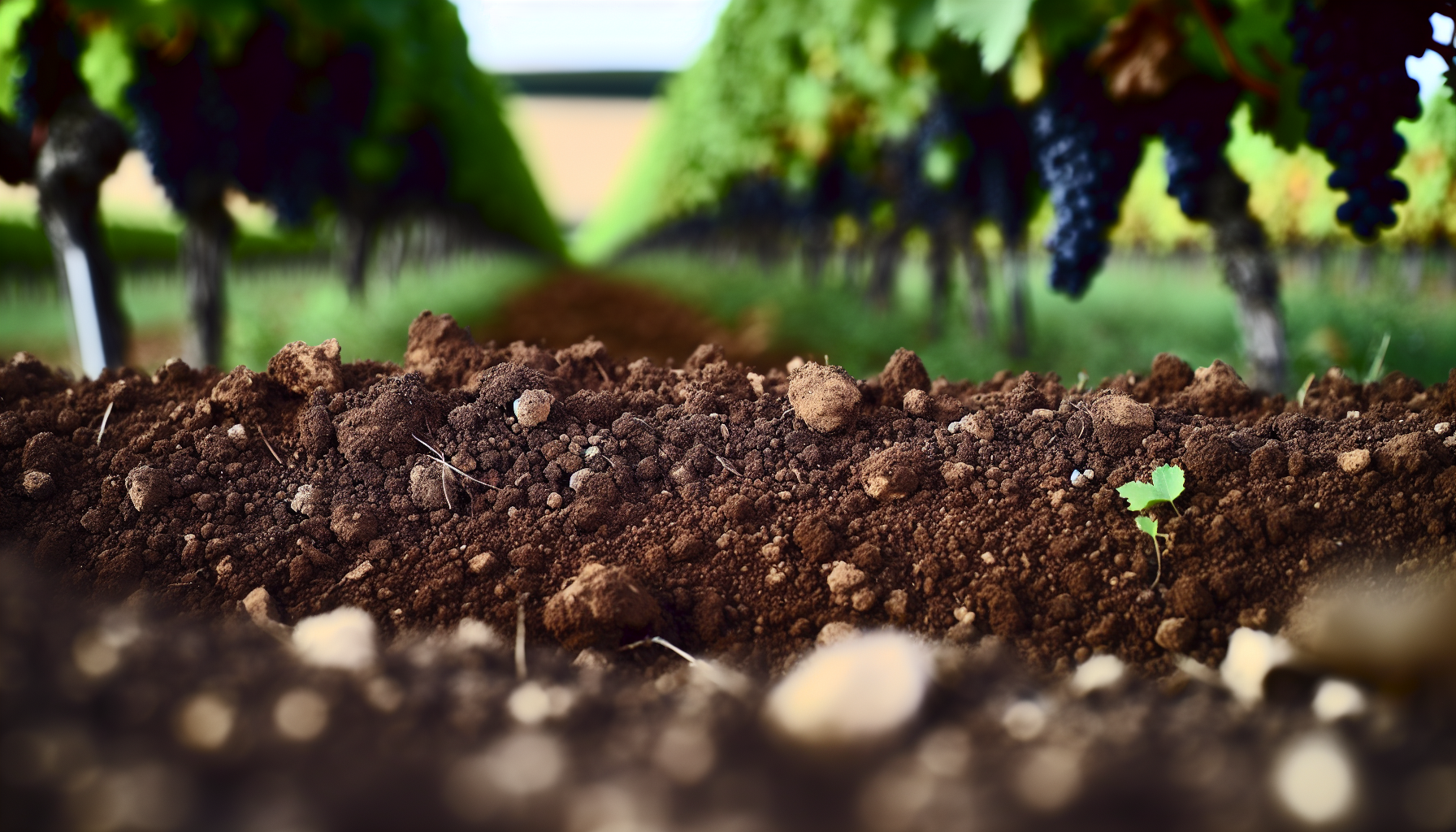
Terroir is a concept that holds a significant place in the wine industry, playing a vital role in shaping a wine’s unique identity and flavor profile.
Terroir extends beyond the mere physical terrain. It embodies a wider environmental context that encompasses cultural elements. Terroir’s influence permeates beyond the vineyard, shaping the wine’s:
- flavor profile
- texture
- complexity
- balance
- acidity
- varietal expression
Even identical winemaking processes can yield different wines if the grapes come from distinct terroirs.
Climate elements like temperature, which influences grape ripening and wine characteristics such as acidity and sugar levels as well as overall boldness and fruitiness, are essential aspects of terroir. Soil types determine the nutrients available to grapevines and consequently influence the resulting wine’s flavor.
Decoding Wine Labels: A Connoisseur's Guide
Wine labels offer a wealth of information. They provide insights beyond merely the wine’s name and its producer. By offering clues about the wine’s character, style, and origin, they serve as an invaluable resource for wine enthusiasts.
Every wine label includes mandatory elements such as:
- The brand name
- Type of wine
- Appellation of origin
- Alcohol content
- Net contents
- Bottler information
- A declaration of sulfites
- A government health warning
In addition to these mandatory elements, wine labels may contain various optional terms that indicate special characteristics or practices used in producing the wine. Understanding these elements can enhance your enjoyment and appreciation of wine.
Mastering Wine Storage: Tips for Collectors
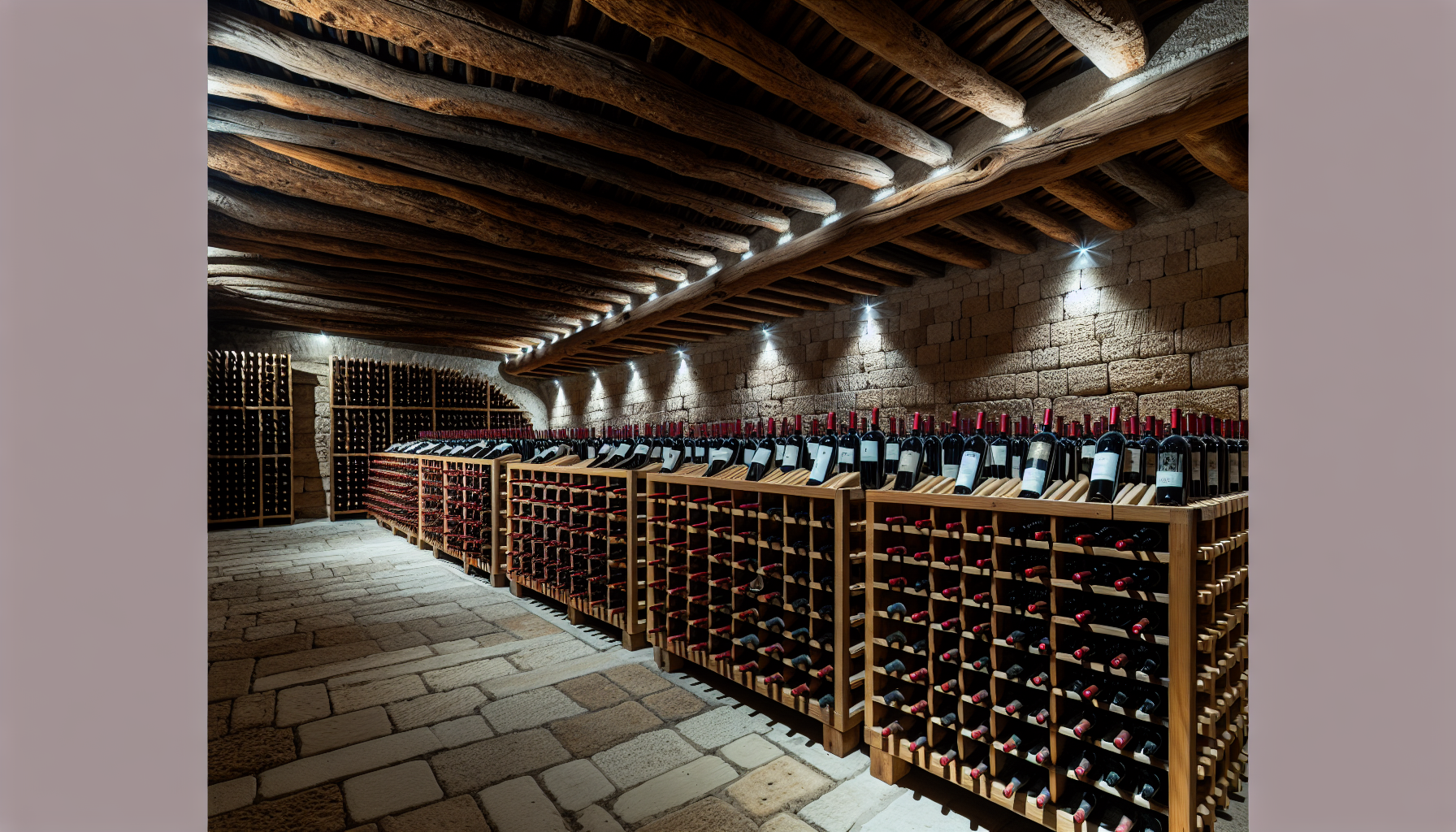
Mastering proper wine storage is crucial for any wine collector. Storage conditions can profoundly affect a wine’s taste and lifespan. Understanding the key factors in wine storage can help ensure that your wine ages gracefully and reaches its full potential.
The ideal storage conditions for wine are:
- Temperature range between 45° F and 65° F (7° C and 18° C), with 55° F (13° C) often cited as near perfect
- Humidity levels between 50 percent and 80 percent
- Protection against light and vibration to prevent alterations in its chemistry and sediment disturbances, preserving its quality.
Short-Term Strategies
For short-term wine storage, certain tips can help maintain your wine’s quality. Opened wine bottles can be stored in the refrigerator and typically last between 5 to 7 days. Though household refrigerators can store wine for a couple of months, they aren’t suited for long-term storage due to their tendency to dry out corks. So, how long will wine last in these conditions? It ultimately depends on the specific wine and storage environment.
In short-term wine storage, while not as critical as for long-term storage, maintaining proper humidity is still important to prevent rapid wine deterioration. Employing these straightforward strategies can aid in keeping your wine fresh and flavorful for an extended period.
Long-Term Investment
Long-term wine storage is a significant aspect for serious collectors. Adequate aging can enrich a wine’s complexity and depth, elevating a good wine to greatness. However, not all wines are built to age, and knowing which ones are can be an important part of building a fine wine collection.
Wines with higher phenol levels, like certain Syrah and Nebbiolo types, are expected to have good aging potential. These phenol levels can contribute to the wine’s ability to develop complex flavors and aromas over time. For proper aging, wine should be stored at a constant and cool temperature, laid on its side to maintain cork moisture, and kept away from significant vibrations and light. Serious collectors often invest in quality wine cabinets or coolers with active humidifiers and humidity sensors to ensure optimal storage conditions.
The Influence of Wine Ratings and Reviews
Consumers’ purchasing decisions can be heavily influenced by wine ratings and reviews. They offer guidance to both wine enthusiasts and casual drinkers, assisting them in navigating the intricate realm of wine. However, it’s important to approach these ratings with a healthy skepticism, as they can reflect subjective opinions and may not feature wines from smaller wineries.
Wine rating reliance varies among consumers, with surveys indicating a range from complete reliance to non-consideration of ratings in purchasing choices. Online reviews and ratings can impact consumer behavior by motivating individuals to seek stimulation and enjoyment through new and innovative wine products.
The Benefits of Drinking Wine
Moderate wine consumption can yield certain health benefits, including:
- Protection against heart disease and inflammation
- Providing antioxidants
- Potentially lowering cholesterol
- Resveratrol, an antioxidant found in red wine, may contribute to the reduction of cholesterol and lower blood pressure.
Navigating the World of Wine Purchases
The process of purchasing wine can be intricate, with various factors influencing the final choice. From the price to the brand, from recommendations to packaging, every aspect can play a role in determining which bottle you end up taking home.
Buying wine by the case can be economical, offering discounts and ensuring there’s always a favorite wine on hand. A dedicated wine shop often provides a better selection than a grocery store, and staff can recommend new, enjoyable, and unique wines, including cheaper wines, while considering your budget.
Comprehending these factors can render the wine buying experience less intimidating and more enjoyable.
The Role of a Wine Steward: Beyond the Bottle
In the realm of wine, a wine steward holds a pivotal role. They manage a restaurant’s wine list, ensuring it harmonizes with the chef’s dishes, satisfies guests, and achieves revenue goals. They train staff on wine knowledge and service, creating an informed team capable of offering consistent, high-quality dining experiences to guests.
Through their involvement in curating balanced wine lists and educating guests, wine stewards guide customers in making selections that suit their tastes and enhance the dining experience. To remain effective in their role, wine stewards must consistently develop their expertise by staying current with the latest wine industry trends through tastings and events.
Wine Tasting Etiquette and Techniques
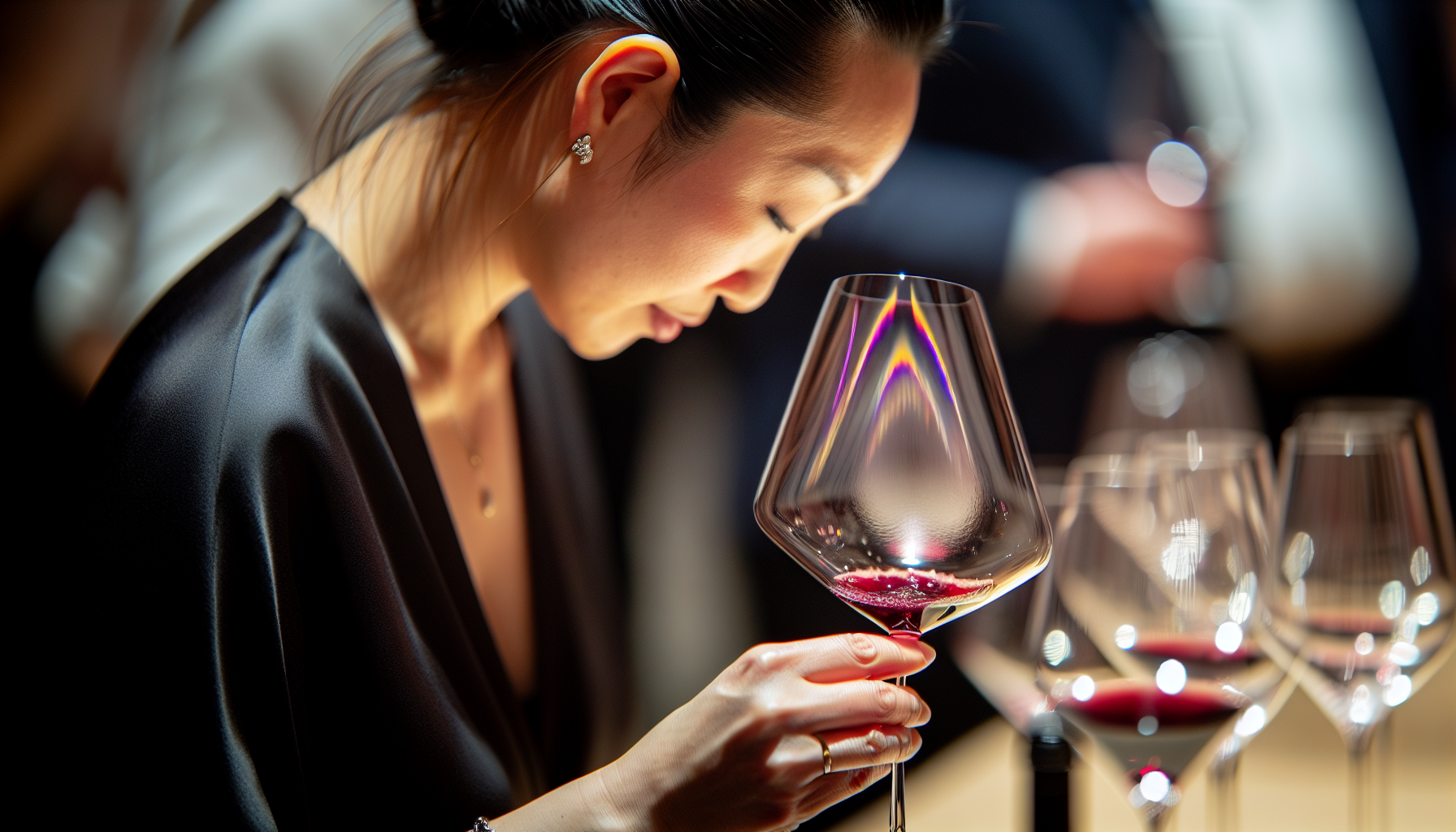
Wine tasting transcends merely sipping from a glass. It involves cherishing the wine’s nuances, comprehending its character, and relishing the experience. There’s an art to wine tasting, and mastering this art can greatly enhance your appreciation of wine.
Swirling the wine in the glass and alternating between different sniffing techniques can enhance the perception of its aromas. Taking a larger sip followed by smaller ones helps isolate and identify the wine’s flavors on the palate. Neutralizing the nose by sniffing one’s forearm aids in resetting the sense of smell during tasting.
The shape of the wine glass impacts the tasting experience, with smaller glasses enhancing intensity and larger glasses increasing aromatic complexity. Taking notes during the tasting helps remember and understand personal preferences and can enhance future wine tasting experiences.
Old World vs. New World Wines: A Comparative Study
The realm of wine can be broadly segmented into Old World and New World wines. This division extends beyond geography, encapsulating the diverse philosophies, traditions, and techniques of winemaking in these regions.
Old World wine regions such as France, Italy, and Spain have a rich history of winemaking. These regions follow centuries-old traditions and are known for their strict appellation control laws. Among these world wines, Italian wines, like Chenin Blanc from the Loire Valley and Tempranillo from Spain’s Rioja region, are typically associated with a lighter body, lower alcohol, higher acidity, and less fruity flavors.
Australia and the Americas
On the other hand, New World wines from regions like the Americas and Australia are known for their innovation and experimentation. These wines are typically:
- Full-bodied
- Higher alcohol
- Lower acidity
- Pronounced fruit flavors
Understanding the dichotomy between Old World and New World wine categories can aid enthusiasts in grasping basic global wine styles.
The Lifecycle of Wine: From Vine to Glass
The lifecycle of wine, from vine to glass, is a captivating voyage. The journey begins in the vineyard, with the critical timing of the grape harvest. Once harvested, the grapes undergo crushing and pressing with the aid of modern mechanical crushers. Fermentation ensues, converting the sugar in the grape juice into alcohol.
Post-fermentation, the wine undergoes clarification—racking, filtering, and fining—to eliminate residual solids. After clarification, winemakers decide whether to age the wine further in barrels, tanks, or bottles, or to bottle it immediately.
Every step of the wine lifecycle, from vineyard to winery, delicately balances science, art, and tradition. It’s a journey that requires patience, skill, and a deep understanding of the grape and its environment.
Planning for a Large Gathering: Wine Selection Strategies
Organizing a large gathering can be intimidating, particularly the task of choosing the right wines. The cornerstone of successful wine selection for a large gathering lies in providing a balanced assortment. This helps cater to diverse preferences without overwhelming the menu.
A rule of thumb for large gatherings is to account for one bottle of wine for every four guests each hour. Adjustments may be necessary should dinner be served or if other alcoholic drinks are available. A 50/50 split between red and white wine is a standard starting point, but this ratio may shift in response to factors like the season and event timing.
Summary
In the world of wine, every sip tells a story. From the vine to the glass, every step in the process contributes to the final product. Understanding the nuances, from the varietals and terroir to the art of pairing and the intricacies of wine storage, enriches our appreciation of wine. Whether you’re a novice or a seasoned connoisseur, the journey through the world of wine is an adventure filled with discovery. So, raise a glass, savor the moment, and let the world of wine enchant you.
Frequently Asked Questions
What are the 4 types of wine?
The 4 basic types of wine are white, rosé, red, and sparkling. Each type has a distinctive appearance and flavor profile.
What is the full meaning of wine?
The full meaning of wine is the fermented juice of grapes, made in various types with different alcoholic content, used as a beverage, in cooking, and religious rites. It can also refer to a particular variety of the fermented grape juice.
Where can I buy good wine?
At ShopWineDirect.com, you'll find a vast assortment of wines to choose from. Whether you're looking for red, white, or sparkling wine, ShopWineDirect.com will have exactly what you're looking for.
Don't stop at wine. You'll always find all you favorite spirits, beer, and more!
Feel free to contact ShopWineDirect.com if you have any questions.
What's the most popular wine?
The most popular wine in the world varies depending on consumer preferences and market trends.
What is the best way to store wine?
The best way to store wine is in a constant and cool temperature, laid on its side to maintain cork moisture, and kept away from significant vibrations and light. This will help preserve its quality for longer.

